‘Masterfully Told’: Tangent Online on “The Keystone”
 Louis West at Tangent Online reports on the final chapter in Mark Rigney’s The Tales of Gemen saga, published here on August 4th:
Louis West at Tangent Online reports on the final chapter in Mark Rigney’s The Tales of Gemen saga, published here on August 4th:
The quirky yet relentless Gemen finally completes his life-long mission to rebuild the portal through which his sister had disappeared so long ago. Except, once the portal is reconstructed, nothing goes as Gemen had planned. This masterfully told story closes out this trilogy yet opens possibilities for continued Gemen adventures since, as Gemen himself concludes, “the world is once more in play.”
The tension never stops, starting with nightmares, followed by chases across half the world, as two forces pursue Gemen and his party. The Corvaen seek justice for wrongs Gemen has visited upon them, and the Thornland Raiders, merciless reavers from a long-abandoned land, are zealously bent on destroying Gemen…
Once I started reading, I couldn’t stop. I highly recommend the complete trilogy.
“The Keystone” is the third and final installment of The Tales of Gemen, which opened with “The Trade,” which Tangent Online called a “Marvelous tale. Can’t wait for the next part” — and “The Find,” which Tangent called “Reminiscent of the old sword & sorcery classics. I can’t wait to see what fate awaits Gemen. A must read.”
The complete catalog of Black Gate Online Fiction, including stories by Vaughn Heppner, Mark Rigney, Aaron Bradford Starr, Jamie McEwan, Martha Wells, Mary Catelli, Nina Kiriki Hoffman, E.E. Knight, C.S.E. Cooney, Howard Andrew Jones, Harry Connolly, and many others, is here.
“The Keystone” is a complete 15,000-word tale of weird fantasy. It is offered at no cost. Read the complete story here.
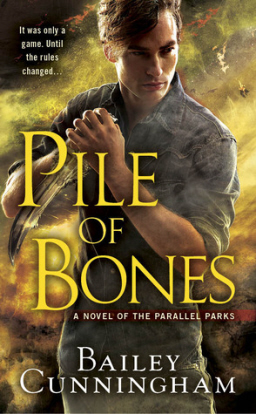
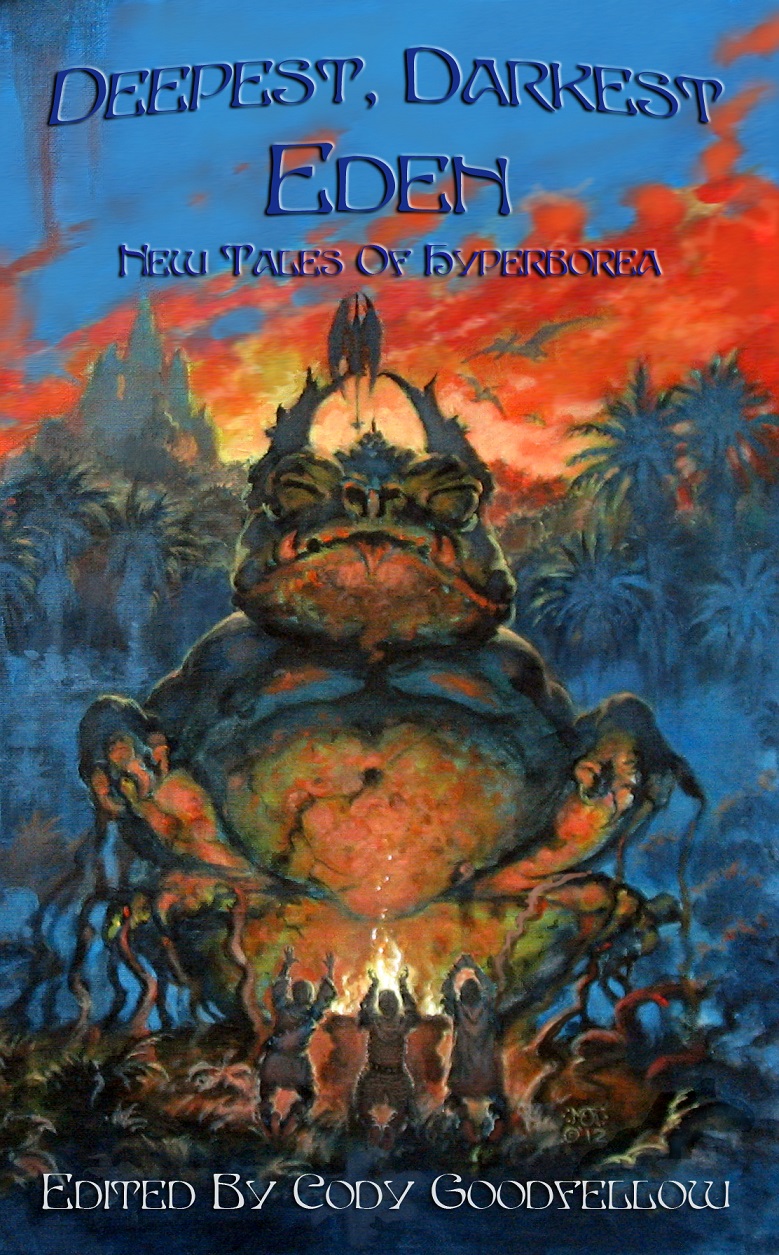
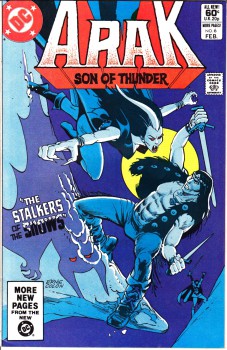
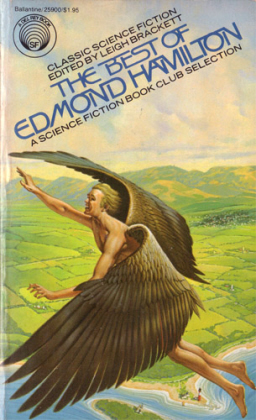
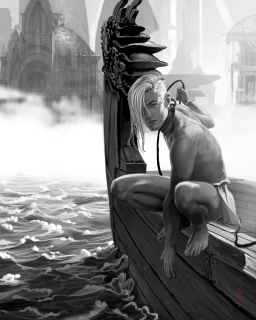
 A few years ago, a cat came to live with me under unexpected circumstances. (This is getting around to a look at a fantasy novel, and no the novel has nothing to do with cats as such, and yes I have a point.) I’d never had a pet when I was young, so I suddenly found myself dealing with a new range of experiences and emotions; and found also that the depictions in most media of relationships between pets and their humans were notably lacking. There’s a complexity of living with, and to an extent being responsible for, a non-human animal. You have to learn about (and sometimes worry about) diet and medical needs and what certain behaviour patterns mean. You have to learn how to communicate with a creature that does not use words — but which may be surprisingly good at understanding emotions in a voice. These sort of things are rarely shown in most stories about humans and animals, but they’re a crucial part of the experience of dealing with a pet.
A few years ago, a cat came to live with me under unexpected circumstances. (This is getting around to a look at a fantasy novel, and no the novel has nothing to do with cats as such, and yes I have a point.) I’d never had a pet when I was young, so I suddenly found myself dealing with a new range of experiences and emotions; and found also that the depictions in most media of relationships between pets and their humans were notably lacking. There’s a complexity of living with, and to an extent being responsible for, a non-human animal. You have to learn about (and sometimes worry about) diet and medical needs and what certain behaviour patterns mean. You have to learn how to communicate with a creature that does not use words — but which may be surprisingly good at understanding emotions in a voice. These sort of things are rarely shown in most stories about humans and animals, but they’re a crucial part of the experience of dealing with a pet.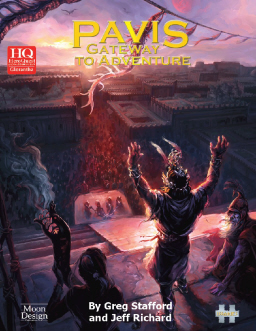
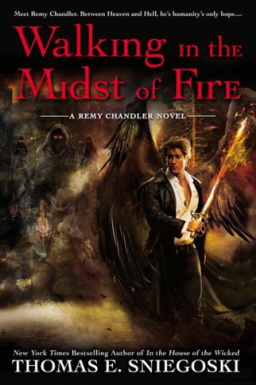
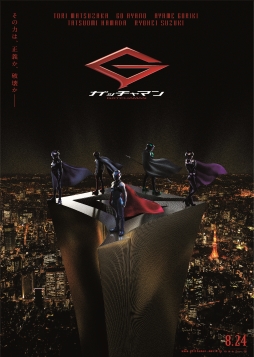 A couple weeks ago, I discussed one of the movies I saw at this year’s
A couple weeks ago, I discussed one of the movies I saw at this year’s